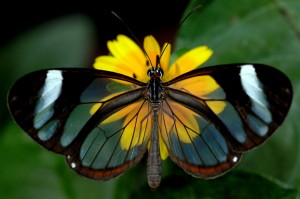Bundle up and grab your binoculars. Winter is coming.

For someone who wrote her dissertation on the topic of bird ecology, I’m not the world class birder you might expect. I’m not great at memorizing songs, I’m a slave to my field guide, and I am convinced that anyone who claims they can instantaneously distinguish species by the tiny “chirps” and “chips” that come muffled from within the shrubs is either full of it or practicing magic. But don’t get me wrong, I’m always accurate with my identification, sometimes it just takes me a little longer to get there.
The struggle to maintain my birding prowess is one of the reasons I’m partial to winter outings. It’s a great time to brush up on my ID skills and appreciate the beauty of the common species I overlook when the flashy migrants are passing through.

Wintertime means hardly any of those pesky warblers are flitting about, hyper-speeding between shadowy dense leaf patches so as to be seen as nothing more than nondescript ovals with wings, mocking my frustrated attempts to see anything that resembles a field mark.
Far fewer leaves are blocking my view this time of year.

I clock most of my birding hours in the city, where a surprising wealth of species can be found, even in the winter. Birds take advantage of warmer winter temperatures and abundant bird feeders in urban areas, and I take advantage of the birds. I love the challenge of discovering interesting species that find a winter refuge in the city.


Winter is a great time to see raptors, waterfowl, and wetland birds too.

Whether you’re an ace birder or heading out with your binoculars for the first time, winter is a perfect time to seek out an unhindered glimpse of some uncommon birds or practice identifying common resident species so you can focus on the barrage of pesky warblers come spring.

Knowing the whereabouts of birds during the winter months is becoming more important as our climate changes and our cities expand. We can help scientists understand how the winter ranges of different bird species are changing and how we can use this information to help conserve birds in the future by participating in citizen science projects like the Christmas Bird Count and The Great Backyard Bird Count , or by logging your birding trips into eBird.
Happy holidays and happy winter birding. See you out there.



